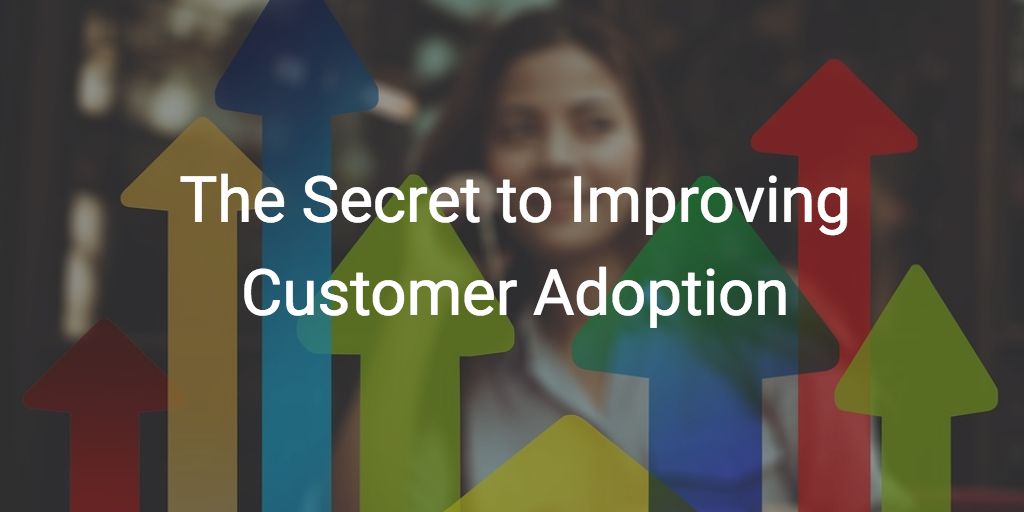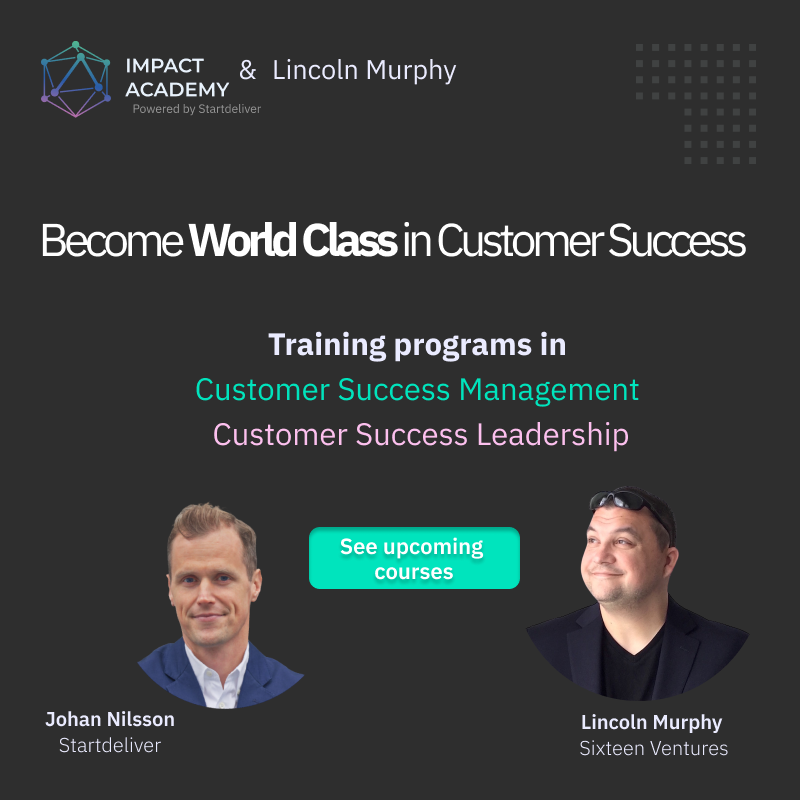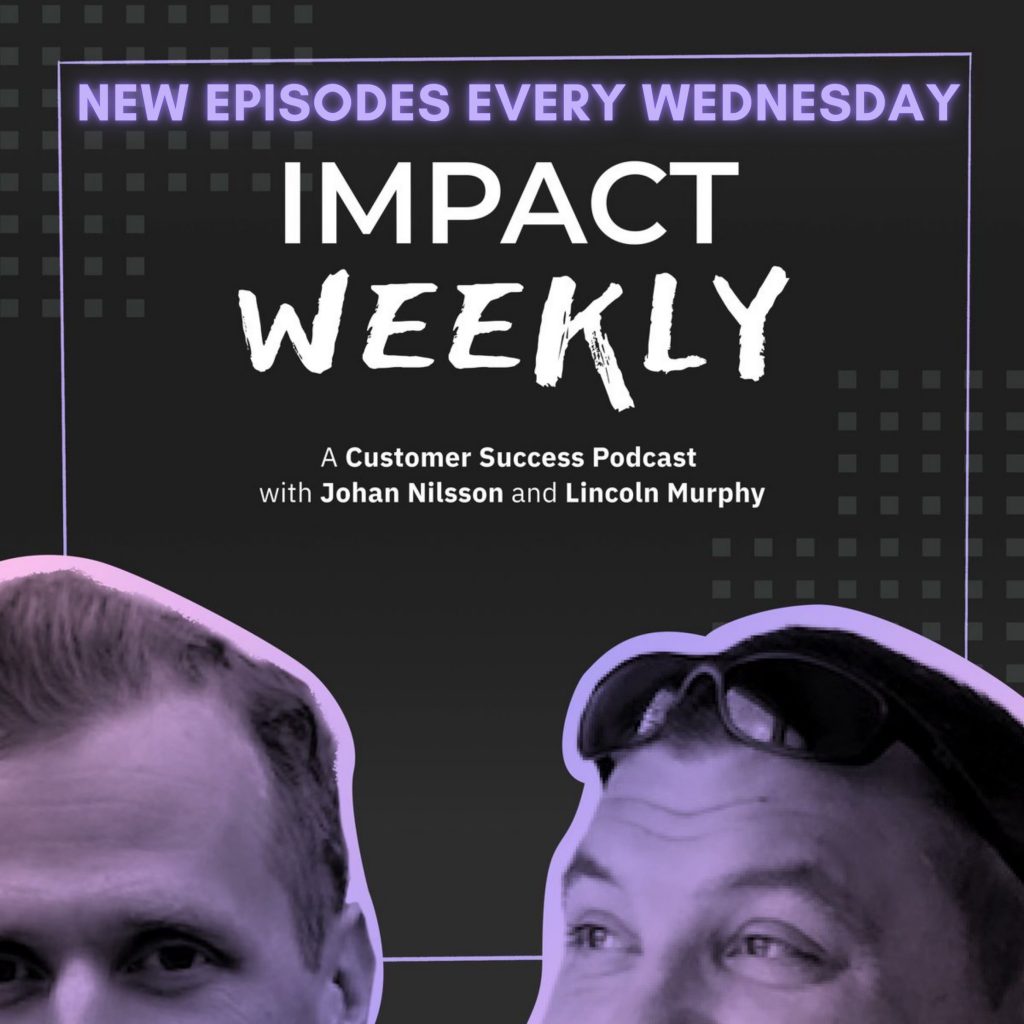 Customer Success Management is about ensuring customers achieve their ever-evolving Desired Outcome.
Customer Success Management is about ensuring customers achieve their ever-evolving Desired Outcome.
It’s not about adoption.
It’s not about the breadth and depth of use of your product.
These are big ideas you need to move past if you want to be successful in your Customer Success initiative.
Let’s explore this idea…
For context, on Friday, May 5, 2017, I did a Customer Success Ask Me Anything (AMA) on Facebook live. It was awesome. The video (audio only… sorry) is embedded below and below that is the transcript (edited for better readability) that answers the question.
Improving Customer Adoption
From Rosalind, “How do you manage expectations of customers while simultaneously knowing where you need to allocate more resources to improve adoption?”
First of all, what is adoption? That’s a good question.
If you’re asking a question about adoption and you don’t really know, you haven’t defined that, that’s something you need to work on. I know it sounds crazy.
How could somebody ask a question about something they haven’t fully defined, but that’s, unfortunately, a reality. We need to get really clear on what adoption means.
Is it a certain number? Is it a breadth and depth of use?
Is it 100% of the licenses that they bought? Is it a depth of feature use?
They bought all these features or bought all these add-ons and that’s it. Is it some mix of the two? Probably is.
From there, what I would say is we have to set those goals with the customer.
I might have internally a goal.
Maybe it’s based on past historical data, where I can say, “Customers that churned out had an adoption rate of less than 50%. They only used 50% of the licenses or seats or whatever that they bought,” but at some point … It may not matter what I think or what I’m looking at internally.
It really will come down to what the expectations are with the customer.
First of all, we need to define what adoption is breadth and depth.
By the way, if there is expansion opportunity within a customer, we should probably never get to 100% adoption, we should always be having upsell conversations at 80%, something like that.
That should be a very comfortable conversation that we have orchestrated early in the process, letting them know, “We don’t ever want you to get to 100% adoption because when you hit that threshold, we may run into other issues with procurement or with legal or whatever. It’s going to take time to add more licenses, so we want to start this process early so that you never miss out on expanding.”
Remember, customers actually want to expand their relationship with you as well. They may not say it like that. They probably won’t say it like that, but they want to because it means that they’re growing, that they’re expanding. They’re being successful.
We need to figure out what adoption is and then to your point, we need to manage expectations along those lines.
What that means is whether … Don’t get stuck on the modality here like, “Is this a high touch or a tech touch kind of situation?”
What we need to think about is how do we manage those expectations with our customers? That usually comes down to negotiating a realistic adoption goal for them. If you bought 100 licenses, is it realistic to have a goal of 100% adoption, 100% of those licenses being used in a month, in six months, in a year? I don’t know.
This is 100% dependent upon, at the very least, the different customer segments.
It may end up being something that’s dependent upon the actual customer, the bigger customers we might be able to actually spend some time with them and negotiate that.
Whatever we end up doing there, it’s up to us to be realistic and to manage those expectations.
One of the things that I see a lot … A lot is relative. There are certain things that are cited a lot more when it comes to reasons for churn, but there are times where it’s, “Well, we actually never got … We never used what we bought.” You’ll see that frequently.
That’s a problem.
That means that we didn’t manage expectations around adoption.
It also means that we didn’t proactively manage that. Think about this.
If we set a goal … If you bought 100 licenses and we set a goal to have 100 licenses being used by the end of the year and it was a calendar year and we’re coming up on June … We’re coming up on the middle of the year and you have only activated 10 licenses, you might want to check in on that and see what’s going on. That could be a red flag. We had a goal together that you would have 100% adoption, which again, you probably shouldn’t have that goal.
You’re not there, so I would say we want to have an initial adoption goal, “In the first 30/60/90 days, this is what our goal is.”
Then from there, we can start to have, “Maybe this happens in your quarterly business reviews or whatever,” but from there we want to have other goals.
Set those goals and then figure out what it’s going to take for them to get there. If you set those goals with them and you give them the tools and the understanding and you really manage those expectations, they can figure out internally what it’s going to take to adopt your product.
This is the thing that we don’t really think about. What has to happen outside of our product in order for a customer to be successful certainly, but even to start to adopt the product?
There may be a lot of change management. There may be a lot of other things that have to happen that if we don’t take that into consideration, then we’re not going to be able to help them or again manage those expectations.
They may be thinking they want to have 100% adoption, but if we’d simply asked, “What could possibly stand in the way of you being successful with this adoption rollout, not achieving your adoption goals?” They start listing off all these things, it’s like, “Okay, so having 100% adoption goal in the first 30 days is probably unrealistic.”
We didn’t ask that so they had that goal and then guess what? We didn’t meet that goal. They didn’t have a great … Their experience was inappropriate and they’re going to churn out. That’s the thing.
Managing expectations is huge and being really clear on what adoption is is very important.


